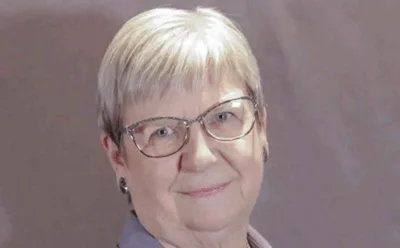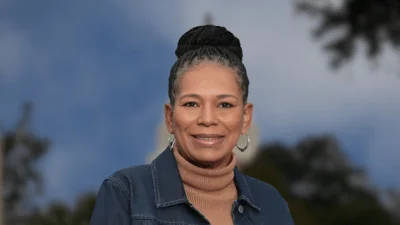Batavia Police Department publishes its new code of conduct at a council meeting on Feb. 20. | Batavia Police Illinois/Facebook
Batavia Police Department publishes its new code of conduct at a council meeting on Feb. 20. | Batavia Police Illinois/Facebook
During the Feb. 20 Batavia city council meeting, officials were presented with the police department’s Ten Shared Principles that they want to be incorporated into the department and city code.
Back in 2018, the National Association for the Advancement of Colored People and the Illinois Association of Chiefs of Police came together to write and adopt the Ten Shared Principles to advance trust and relationships between citizens of color and law enforcement. Police Chief Shawn Mazza presented these principles to the city council to adopt formally into the Batavia code, as officers wanted to show their support for them and live out the message.
"Like I had explained last Tuesday, these are principles that I believe are already ingrained and interwoven within what we're already doing," Mazza said at the meeting. "There's always room for improvement and things that we need to get better at. I think as I read through these Ten Shared Principles, it's again something that we need to be, as police, intentional about and don't want these to be just words on paper."
The Ten Shared Principles are:
1. We value the life of every person and consider life to be of the highest value.
2. All persons should be treated with dignity and respect. This is another foundational value.
3. We reject discrimination toward any person that is based on race, ethnicity, religion, color, nationality, immigrant status, sexual orientation, gender, disability, or familial status.
4. We endorse the six pillars and the report of the president's task force on 21st-century policing. The first pillar is to build and rebuild trust through procedural justice, transparency, accountability, and honest recognition of past and present obstacles.
5. We endorse the four pillars of procedural justice, which are fairness, voice, and opportunity for citizens and police to believe that they are heard. Transparency and Impartiality.
6. We endorse the values inherent in community policing, which includes community partnerships involving law enforcement, engagement of police officers with residents outside of interactions specific to the enforcement of laws, and problem-solving that is collaborative and not one-sided.
7. We believe that developing strong, ongoing relationships between law enforcement and communities of color at the leadership level and street level will be the keys to diminishing and eliminating racial tensions.
8. We believe that law enforcement and community leaders have a mutual responsibility to encourage all citizens to gain a better understanding and knowledge of the law to assist them in their interactions with law enforcement officers.
9. We support diversity in police departments and in the law enforcement profession. Law enforcement and communities have a mutual responsibility and should work together to make a concerted effort to recruit diverse police departments.
10. We believe de-escalation training should be required to ensure the safety of community members and officers. We endorse using de-escalation tactics to reduce the potential for confrontations that endanger law enforcement officers and community members, and the principle that human life should be taken only as a last resort.
The department also asked the council to waive normal bidding requirements for equipment purchases for in-car camera systems so that they could purchase 11 new cameras. The cameras would come from the vendor that already supplies their body cameras and data systems, so they would be easily implemented. The council granted this request, approving the 11 new cameras to go inside the squad cars, supplementing the footage from the officer's body cams to be used for transparency, evidence in prosecuting, and training footage for their recruits and officers.






 Alerts Sign-up
Alerts Sign-up